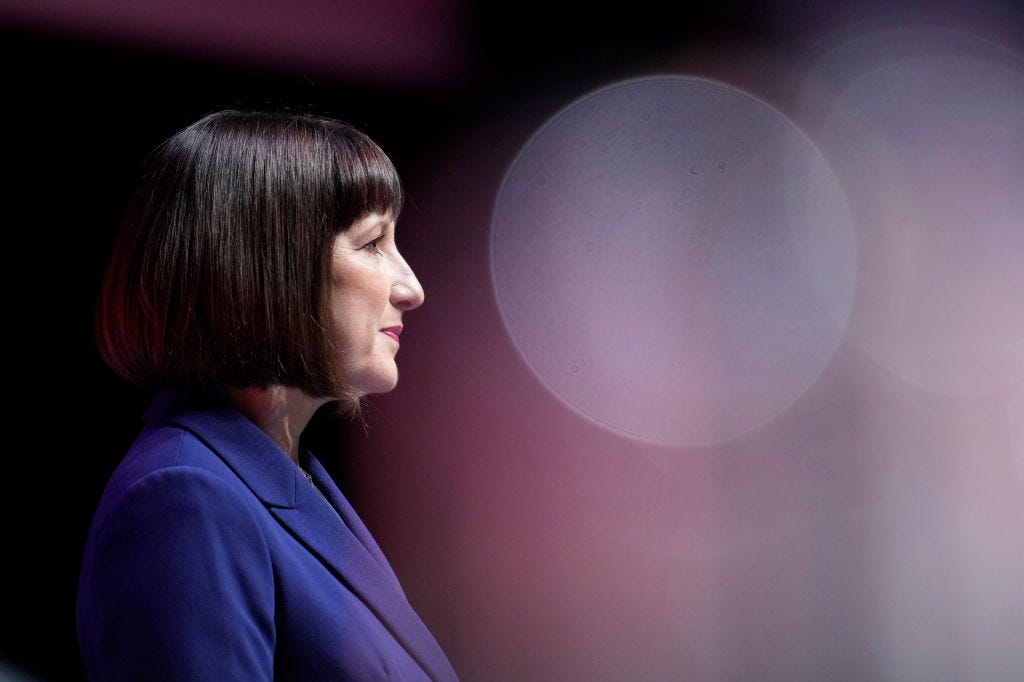The Narrow Path
Choice for the next Chancellor
Here’s how the Treasury go about a three-year spending review. They decide on an overall total they want to spend and split it out into target totals for each department. Then they ask every department to submit various scenarios including some with heavy cuts. Most will respond with “bleeding stumps” submissions, explaining that of course the schools’ budget could be cut by 20% as long as ministers are content with a four-day week; or that it would certainly be possible to cut defence spending by 15% as long as we no longer feel the need to have an army. Departments will also take the opportunity to set out scenarios that involve more spending than any of those suggested by the Treasury.
Then battle commences in earnest, with the Treasury spending teams that shadow each ministry pushing to achieve their target number and departments trying to secure as much as possible for their priorities. Sometimes ministers will want to cooperate with the Treasury, either because they are personally hawkish on spending, or because they want to curry favour with the Chancellor. During the Coalition, cabinet ministers who settled early were allowed to sit in judgment on their colleagues’ bids – a neat trick given the personal rivalries that the Treasury was able to exploit.
Most ministers, though, particularly for the bigger spending departments, will want to fight, knowing that unless they do so it will be hard for them to achieve much in their roles. Much of this is done behind the scenes through endless back and forth negotiations. More aggressive ministers will make use of the press. Worst case scenarios will mysteriously end up in the newspapers. Sector allies can also be used as proxies. I can’t think of any spending review that didn’t involve a group of former generals splashing the Daily Telegraph with dire warnings of what would happen if the Ministry of Defence didn’t get more money.
Slowly each department will settle, usually pretty close to the initial Treasury target. The final few – always defence and often health and education – will come down to tense negotiations which the Prime Minister is called upon to adjudicate. It’s often not completely settled until the day before the announcement. The reason so much stress and effort goes into this process is simple: it sets departmental spending for the next three years. It’s possible to change plans, but hard unless there is an undeniable political necessity.
Labour have all this joy to look forward to. The post-election spending review will be the trickiest yet, given the state of the economy and public finances. Even the timing is difficult. If, as expected, the election is in autumn/winter 2024 it will be very hard for Labour to get through the whole process in time for the March budget and the new financial year. They will probably have to fudge, with a mini-review for March that increases spending on a couple of priority areas, but otherwise rolls current budgets over for an extra year, followed by a full exercise over the summer of 2025.
This full review with likely dominate their first year in government, leading to no end of internal, and occasionally public, rows and splits. New Labour introduced the three year spending review but the five they did were all pre-financial crisis – they were much easier to handle when a growing economy offered more scope for spending.
So in the fourth, and final, post of my series on the public finances we’re going to look at what choices Keir Starmer and Rachel Reeves are likely to face and how they might navigate the narrow path through them. We’ll start with a brief recap of the key conclusions from the first three posts; set out some plausible assumptions; and then look at three scenarios from which Labour could choose.
Keep reading with a 7-day free trial
Subscribe to Comment is Freed to keep reading this post and get 7 days of free access to the full post archives.


